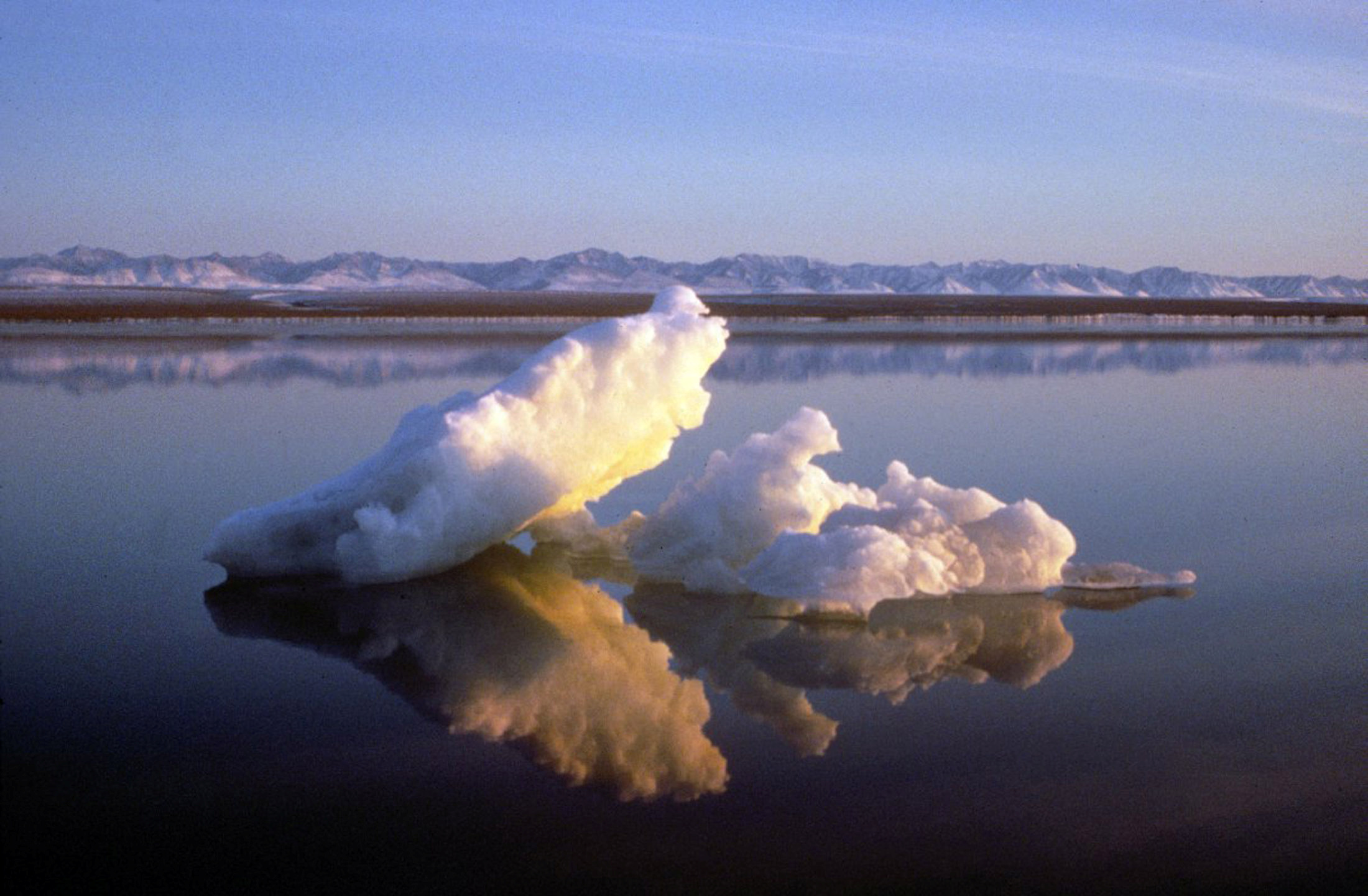US regulators choose expansive plan for Arctic Refuge oil leasing, offering entire coast for auction
The Trump administration has vowed to hold a lease sale for the Arctic National Wildlife Refuge before the end of the year.

The U.S. Interior Department on Thursday officially announced its plan to offer up the entire coastal plain of of the Arctic National Wildlife Refuge for oil leasing.
Interior’s Bureau of Land Management, the agency put in charge of oil development in the refuge, made its leasing plan choice in its final environmental impact statement.
The final EIS, issued Thursday, identifies the full-leasing alternative — Alternative B — as its choice for how oil development will proceed.
“This alternative offers the opportunity to lease the entire program area while providing protections for the many important resources and uses identified through scoping and public comments within the program area,” Chad Padgett, Alaska state director for the BLM, said in an introductory message in the final EIS.
Alternative B is the least restrictive of those considered. It would require only 359,400 acres to be designated for no surface occupancy restrictions. That’s the smallest amount contemplated in the three development alternatives analyzed. A fourth alternative, the no-action alternative, would not allow leasing at all and was discarded as being out of compliance with the 2017 federal tax rewrite that mandated oil and gas leasing in ANWR.
Release of the final EIS starts the clock to a lease sale that the Trump administration has vowed to hold before the end of the year. There is a 30-day period that must elapse before Interior makes a record of decision. Following that, the lease sale could be scheduled.
Alaska’s all-Republican Congressional delegation hailed the release of the final EIS, issued the same day the Democratic-controlled U.S. House passed a bill that would permanently prohibit oil development in the refuge’s coastal plain.
“This is a major step forward in our decades-long efforts to allow for responsible resource development in Alaska’s 1002 Area, and I thank Secretary Bernhardt and his team for their thousands of hours of hard work,” Sen. Lisa Murkowski said in a joint statement. “I’m hopeful we can now move to a lease sale in the very near future, just as Congress intended, so that we can continue to strengthen our economy, our energy security, and our long-term prosperity.”
“I welcome today’s announcement — another critical step in the process to unleash Alaska’s energy and economic potential. As Alaska has shown time and again, we can responsibly develop our resources, under the highest environmental standards, to grow our state and significantly contribute toward the goal of energy dominance for our country,” Sen. Dan Sullivan said in the statement, repeating the “energy dominance” mantra that the Trump administration has used.
Opponents of ANWR oil development promised a legal fight.
“The Trump administration’s plan to sell off the Arctic Refuge is categorically illegal in its failure to protect wildlife, Native cultural values, and the many other outstanding resources and public values on the coastal plain. We will not tolerate the administration’s brazen attempt to paper over the impacts of this disastrous proposal, and we will see them in court for this reckless effort to turn this iconic American landscape into an industrial oilfield,” Jamie Rappaport Clark, president and chief executive of Defenders of Wildlife, said in a statement.
Clark, who served as head of the U.S. Fish and Wildlife Service in the Clinton administration, called the leasing plan “another disgraceful example of the Trump administration’s continued rejection of environmental law, sound science and the wishes of the American people in protecting wildlife and wild lands.”
Adam Kolton, executive director of the Alaska Wilderness League, said public opinion is against leasing. He cited Thursday’s vote in the U.S. House in favor of protecting the refuge as designated wilderness, as well as other political developments.
“To no one’s surprise, the administration chose the most aggressive leasing alternative, not even pretending that this is about restraint or meaningful protection. With an eye on developing the entirety of the fragile coastal plain, the administration has been riding roughshod over science, silencing dissent and shutting out entire Indigenous communities,” he said in a statement
“Oil companies now seeking to exploit this national treasure should think twice. The House vote signals massive opposition and public backlash against the rush to drill. More than $2.5 trillion worth of investors and major banks like Barclays have said they won’t finance it. And the sham process will be vulnerable to legal challenge,” he said.
In its final EIS, the BLM mentioned comments submitted by other government agencies that reviewed the draft EIS released last October. Those included objections raised by BLM’s sister Interior agency, the U.S. Fish and Wildlife Service, which found much of the BLM’s analysis and proposed protections for bears, birds, caribou and other animals to be inadequate or incorrect.
In particular, the service said, the draft glossed over potentially dire consequences to denning polar bears. The Fish and Wildlife Service said there should be a one-mile buffer protecting areas heavily used for polar bear denning, but the BLM, in its final EIS, rejected that suggestion.
The Fish and Wildlife Service also criticized the BLM’s proposal that a three-inch layer of snow over the tundra’s highest tussocks be considered an adequate layer to support vehicles traveling over the land. That number should be at least six inches, the Fish and Wildlife Service said.
According to state rules, a snow layer of at least six inches and at least 12 inches of hard freeze in the ground is required before industrial vehicle travel is allowed over coastal areas of North Slope tundra.
Scientists have raised concerns about tundra travel in the coastal plain. The bumpy, sloping and wind-scoured tundra surface, they say, is unsuitable for the type of winter travel done by the oil industry elsewhere on the North Slope.